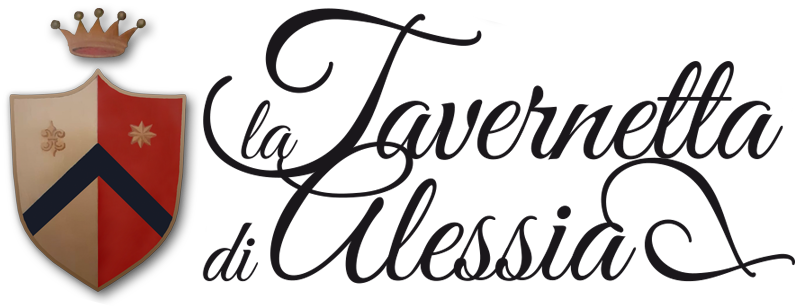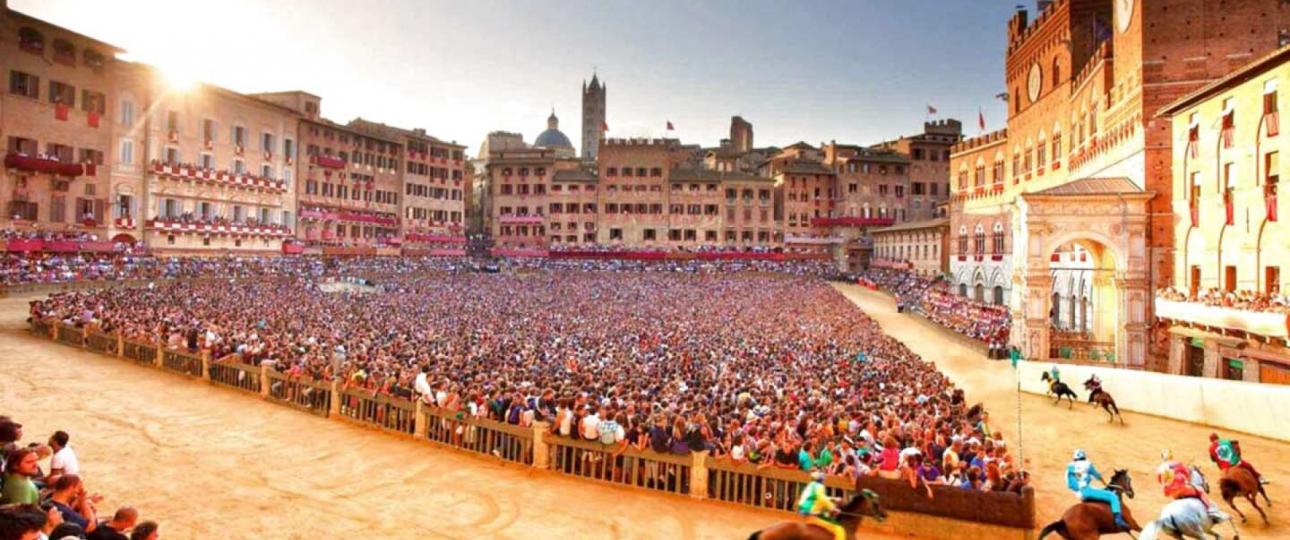Palio di Siena 2022
The Palio di Siena is one of the most famous traditional competitions in Italy. It takes place in Siena and involves the Contrade of the city in the form of an equestrian joust of medieval origin. This particular horse race is called the 'carriera' and is normally held twice a year:
on 2 July, the Palio is run in honour of Our Lady of Provenzano, the feast of the Visitation in its extraordinary form, and on 16 August, the Palio in honour of Our Lady of the Assumption.
But let's discover something more about the Palio di Siena: what is it? What is its history? And its rules?
The Palio of Siena is a centuries-old celebration, a competition between the Contrade of Siena, and has very ancient origins: just think that some regulations, still valid today, date back to 1644, the year in which the first Palio with horses was run, as it still is, in a continuity that has never been interrupted (with the exception of the period of the two world wars).
Siena is divided into Contrade, seventeen in all, with boundaries established in 1729 by the Bando di Violante di Baviera, Governor of the City. Each Contrada is like a small state, governed by a Seggio headed by the Prior and guided in the 'giostra' by a Captain, assisted by two or three contradaioli called 'mangini' or 'tenenti'. In the territory of each Contrada we can find a church, inside which flags and heirlooms are usually kept, archives and everything else concerning the life of the Contrada itself.
The first official news about the Palio dates back to 1238, with a document of 'paliesca justice', to the pecuniary penalty against Ristoro di Bruno Ciguarde, guilty of not having 'taken the pork', i.e. the prize-prize that by regulation had to go to the last classified. The first Palios were run by the nobles, but the situation changed over time to make the entire Sienese people the protagonists.
Initially, the Palio took place throughout the city, but in the early 17th century it gradually moved to Piazza del Campo, and the first Palio run 'alla tonda' in the splendid Sienese piazza seems to date back to 1633.
The jockeys, considered mercenaries, had a fixed fee and in addition were allowed to quest through the streets of the contrada, a tradition that lasted until the 1960s.
The modern regulation of the Palio di Siena dates back to May 1721, although there have been changes and improvements over the centuries. The Palio di Siena is run every year. In the 20th century, it was suspended because of the First World War, while in the years of Fascism, the regime wanted to take over the organisation of the event through the Opera Nazionale Dopolavoro, and in July 1936, to celebrate the victory in the Ethiopian War, the Palio became 'of the Empire'. Again, the Palio was suspended for the Second World War, but on 20 August 1945 the extraordinary Palio 'of Peace' was run.
Ten out of seventeen contrade can take part in the Palio: the seven that did not run the previous Palio and three drawn by lot from the remaining ones. The order of entry of the horses between the ropes is secret, and is only revealed at the last moment by the 'mossiere' (the unquestionable judge of the validity of the start) who is positioned on the 'verrocchio' (a small pole).
Nine out of ten horses enter between the ropes according to the order of entry, only one, the one drawn 'by chase' remains outside. It will be that horse that will determine the moment of the actual start of the race, under the supervision of the mover.
During the usually long phases in which the horses are settled, the traditional 'negotiation' between jockeys (known as 'making parties') takes place, with friendly contrade seeking alliances against common enemies. The horse-entry operations can last so long that they are postponed to the next day when visibility problems arise. The jockeys ride without a saddle, 'alla bisdossa'.
The race consists of three complete laps of the Piazza del Campo in a clockwise direction. The horse that arrives first, even without a jockey (falls are frequent), wins, in which case it is called a 'shaken horse'.
The winning contrada goes under the Captains' box to collect the victory banner, which is made by a different artist each year. This drappello is first taken to the church (Santa Maria in Provenzano in July, Duomo in August) and then to the contrada itself, where it is kept forever.



